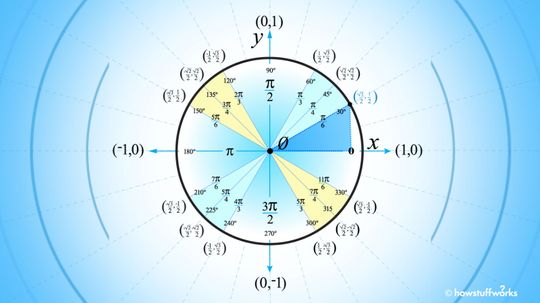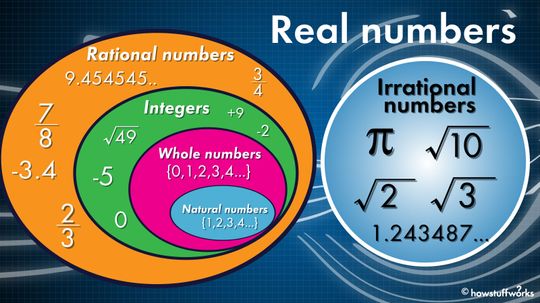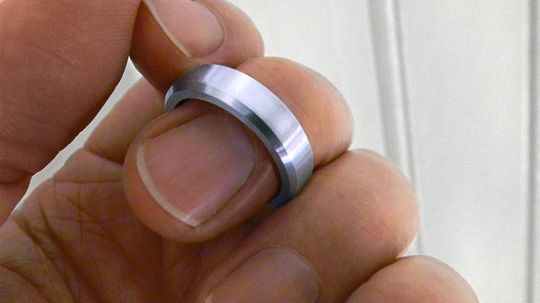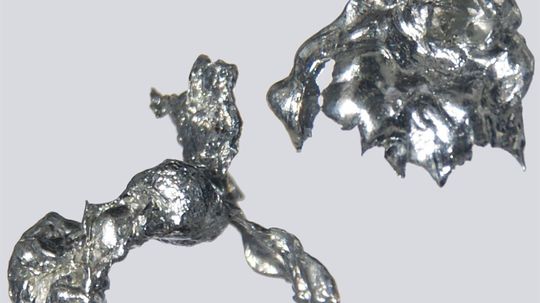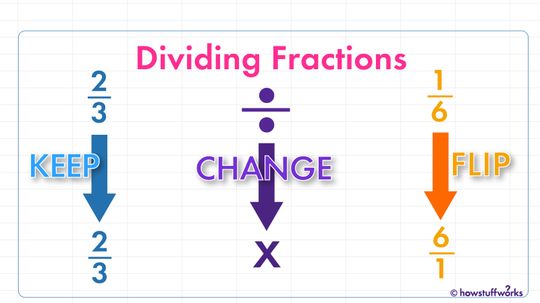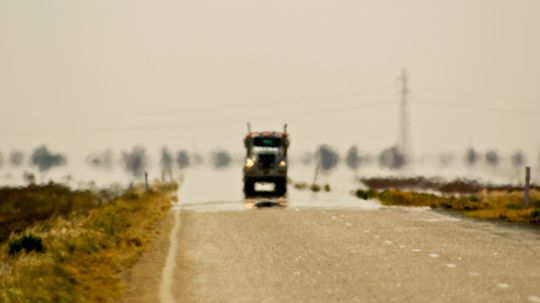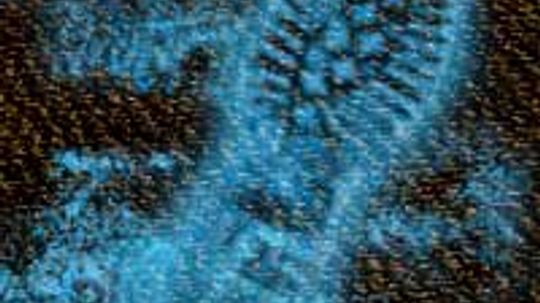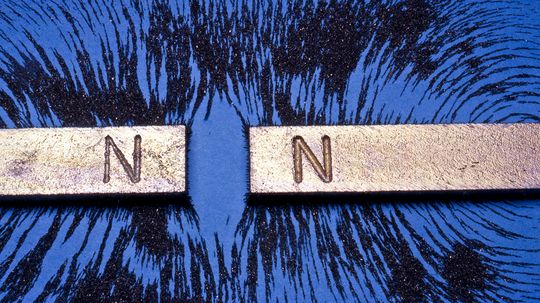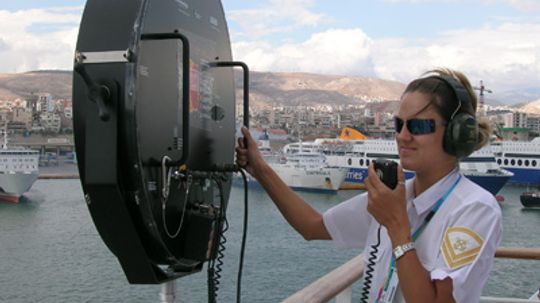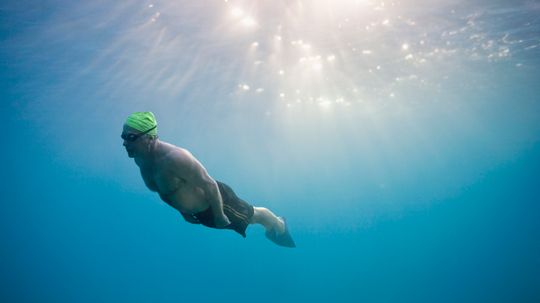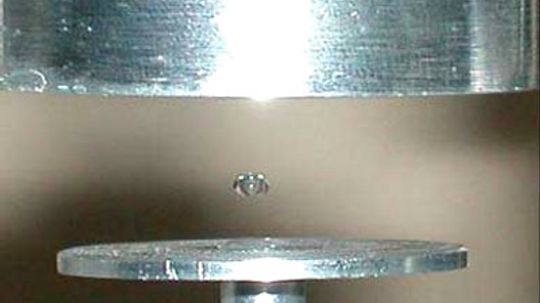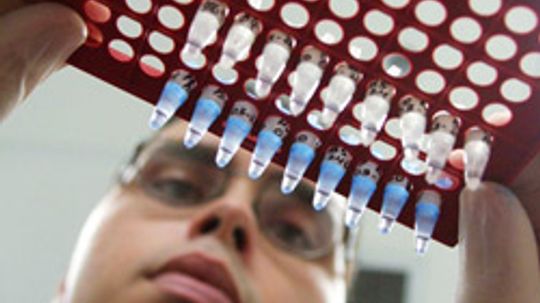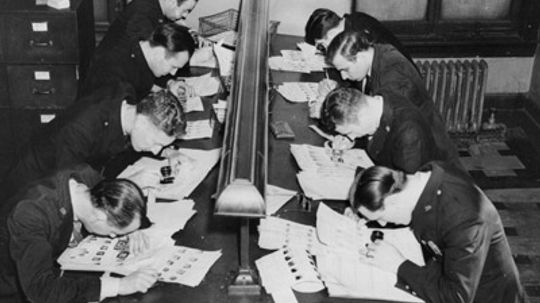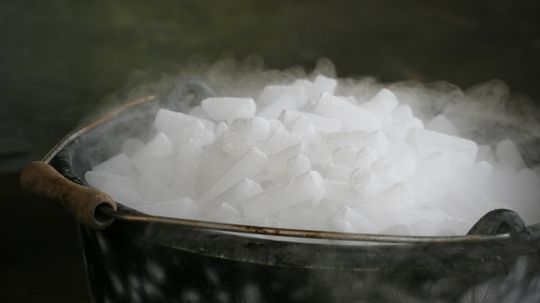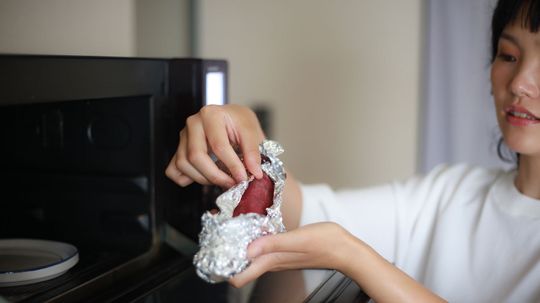Physical Science
Physical science is the study of the physical world around you. Learn about everything from electricity to magnetism in this section.

Brown Noise vs. White Noise: Which Is Best for Quality Sleep?

Can a sound wave kill you?

Can two cans and a string really be used to talk over a distance?
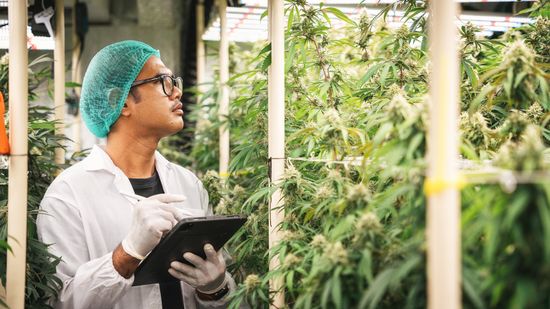
Delta-8 vs. Delta-9: Comparing Types of THC
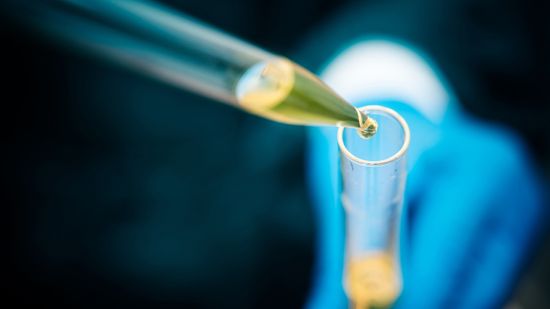
Strong Bases: Properties, Applications and Examples

Comparing Strong Acids and Weak Acids

How Electricity Works

How Faraday Cages Work

How Gasoline Works
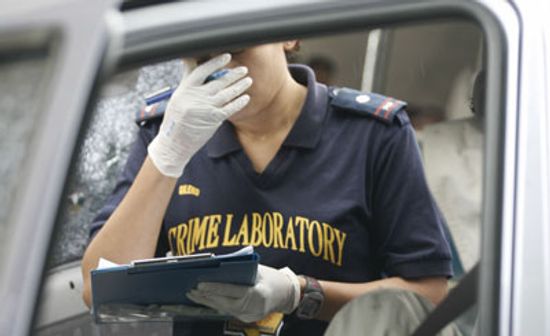
What do bugs have to do with forensic science?

5 Things You Didn't Know About Autopsies

Do a Person’s Fingerprints Change After Death?
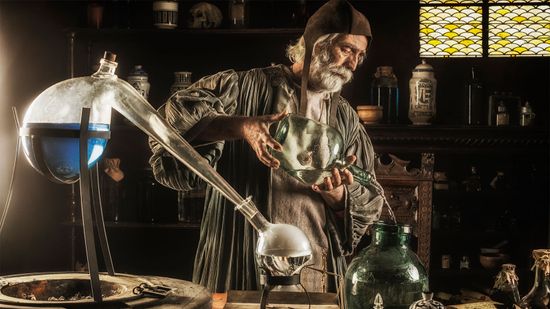
How Alchemy Paved the Way for Chemistry
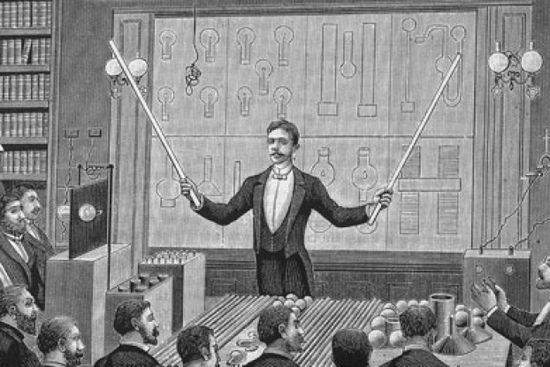
How did Nikola Tesla change the way we use energy?

Time May Not Exist, Say Some Physicists and Philosophers

Why Does Ice Stick to Your Fingers?
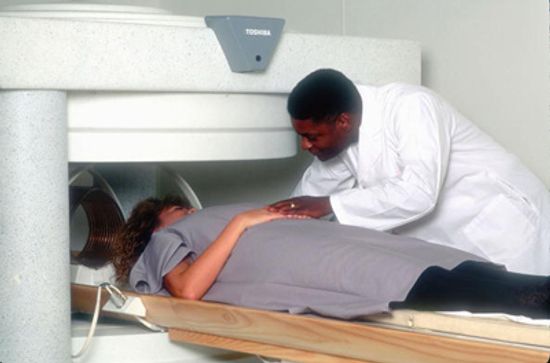
What if I forgot to remove a piercing before an MRI?
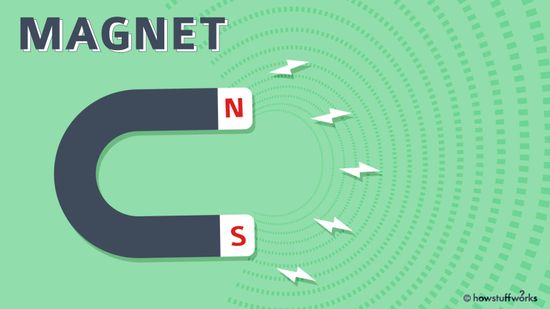
A Kid-friendly Introduction to Magnets and Magnetism

Deciphering 'Greater Than,' 'Less Than' and 'Equal To' Symbols

Getting a Handle on Fraction-to-Decimal Conversions

How to Make a Number Line for the Classroom
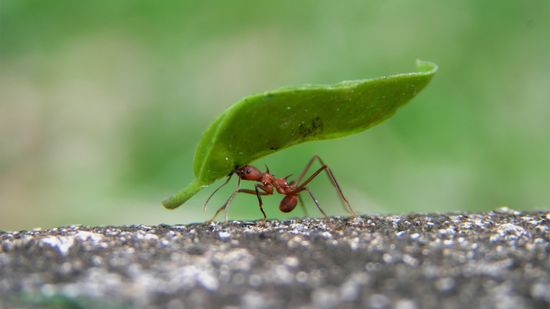
5 Hugely Fun Facts About Mass (Not Weight)

Antarctica's Spooky Cosmic Rays Might Shatter Physics As We Know It

Entropy: The Invisible Force That Brings Disorder to the Universe

The Demon Core: A Tale of Atomic Ambition and Tragic Fate
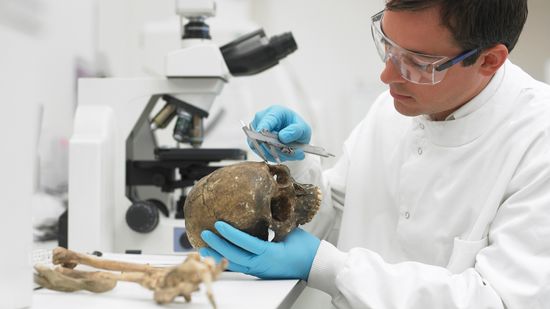
Half-Life Formula: Components and Applications

Could an 'X17 Particle' Hint at a Fifth Force in the Universe?

Why Are School Buses Yellow?

HowStuffWorks: How To Draw An Impossible Shape
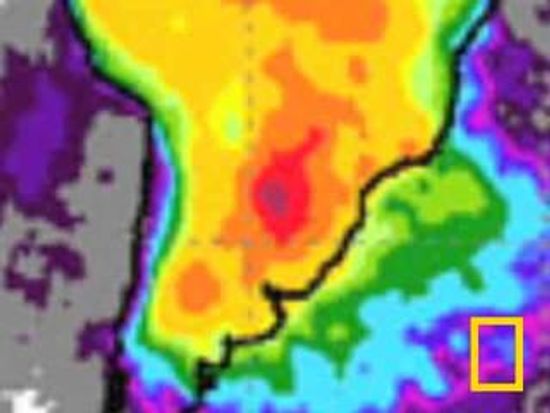
What Are the Colors in the Visible Spectrum?
Learn More / Page 3
A unit circle is an important part of trigonometry and can define right angle relationships known as sine, cosine and tangent.
A multiplication table is an easy-to-use grid of numbers that can help you learn to multiply quickly by using the chart and, eventually, your memory.
Real numbers are the opposite of imaginary numbers and include every number you can think of.
Advertisement
We all have favorite colors. But have you ever considered why you like one color more than another?
Discovered in the early 1800s from a chunk of smuggled platinum ore, rhodium is the most valuable precious metal on the planet today, used mainly for keeping car emissions in check.
Numerators and denominators, oh my! It sounds complicated, but learning how to multiply fractions is easy. It just takes three simple steps.
Finding the range of a set of numbers is an easy subtraction problem!
Advertisement
Cadmium is a natural metal and the leading component in rechargeable batteries and solar cells. It is also highly toxic and heavily regulated.
Dividing fractions is easy once you learn a couple of rules and remember three words — keep, change and flip.
A perfect square is a number, but it can also be explained using an actual square.
Without gasoline, the world as we know it would grind to a screeching halt. The U.S. alone consumes well over a hundred billion gallons of gasoline per year. Learn all about this vital fuel.
Advertisement
You're driving down the road on a sunny day, and you see a puddle of water coming up. You look again and it's gone! What happened? You’ll be able to answer that question if you read our miraculous mirage article.
By Tom Harris
Have you seen investigators on crime shows who spray some stuff on a "clean" carpet and suddenly -- blood stains! Well, of all the fictional technology on TV, it turns out this stuff is real! Find out how luminol reveals the blood.
By Tom Harris
Magnets produce magnetic fields and attract metals like iron, nickel and cobalt. They're used in all sorts of applications but how are they made and how do they work?
What makes sound a weapon? Review the basics of sound and discover exactly how the LRAD produces its "beam of sound." We'll also explore LRAD's hailing and warning abilities and other uses for sound.
Advertisement
If water is made up of hydrogen and oxygen, why can't we breathe underwater? It has to do with how molecules combine and how the human lung functions.
Ever wondered exactly what they "artificial flavors" in your candy are, and why no specific ingredients are listed? Find out in this article.
The idea that something so intangible as acoustic levitation can lift objects may seem unbelievable, but it's a real phenomenon.
When there's a suspect in a crime and the evidence includes a handwritten note, investigators may call in handwriting experts to see if there's a match. How exactly do experts go about analyzing someone's handwriting?
By Julia Layton
Advertisement
If serial killer Ted Bundy hadn't been a biter, he might never have been caught. What can bite marks and teeth tell us about a person?
Forensic scientists can help law enforcement catch even the wiliest perpetrator. What are their techniques?
Will your favorite criminal drama feature investigators packing calculators instead of heat? Probably not. However, forensic accountants help investigate criminal and civil cases involving financial issues like fraud.
Detectives arrive at a crime scene and lift fingerprints from the murder weapon. They'll use these oily markings to catch their criminal. But how do they match the print to the killer?
Advertisement
If you were to touch dry ice, it wouldn't be anything like touching water ice. So what's it like? Is it hot or cold? And would it leave a mark?
We've all been told not to put aluminum foil in the microwave. Stories of incredible explosions and fires are usually at the center of these ominous warnings. Why is that?
